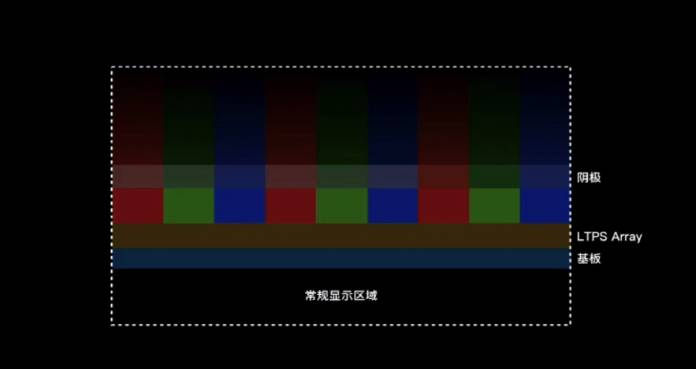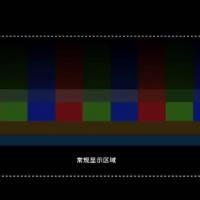
It’s happening. Finally. The under-screen camera technology may be a standard soon on different smartphones and other devices that use a front-facing camera. Chinese display manufacturer Visionox has shared that it will be mass-producing it’s under-display camera solution. It’s a first in the world to reach this level so we can be certain that under-display camera phones will be introduced in the near future. This information was shared by our favorite Chinese leakster Ice universe (@UniverseIce) who is always generous with details.
This development is such good news because a number of mobile OEMs have been meaning to come up with under-display cameras. The goal has always been to make bezel-less screens but it’s challenging because of the selfie camera. A lot of related solutions have been thought of and implemented like a notch, punch-hole, and pop-up cameras in different forms.
Only an under-screen camera can make a front display fully without bezels. With Visionox’s Under-Screen Camera, you can have a full screen that is without any cut, notch, or hole. The likes of Xiaomi, Nokia, OPPO, Huawei, Samsung, and Sony are believed to be working on their contributions. Xiaomi has filed a patent for under-screen camera technology last month. A patent showed a Xiaomi phone with a waterfall screen and under-screen cam.
The Nokia 9.3 PureView is said to get an under-screen camera and 120Hz display. The company is also said to be testing the tech as early as January. OPPO also has its own under-screen camera that was unveiled at MWC Shanghai. Huawei has also been working on a smartphone with an under-display camera.
We have yet to know more about this technology but according to a source, Visionox’s solution offers the best balance of screen transparency and display effect by coming up and using new transparent OLED devices, pixel structures, and new driving circuits. Using new highly transparent new materials also showed better photo effects and quality display.
Simply put, the transparency of the camera area has been improved. The higher the transparency, the better. The transmission of the film layer structure has also been enhanced. A number of other changes have been made like the metal layer structure of the screen body-in the secondary display area has been optimized with transparent conductive. With improved transparency and suppressed diffraction, the transparent camera area is achieved.












